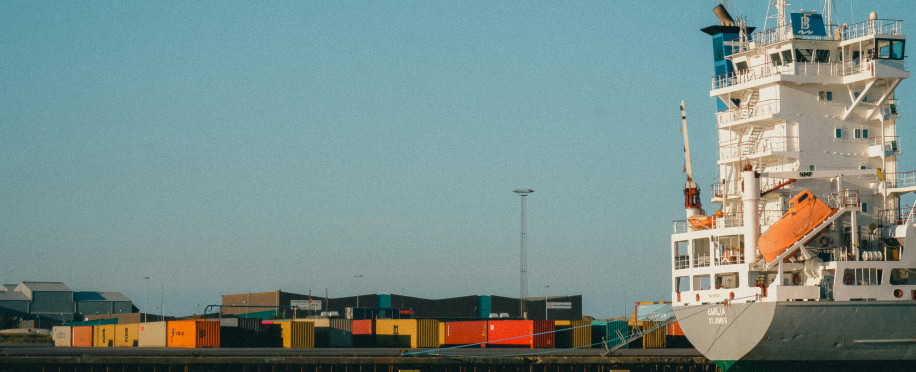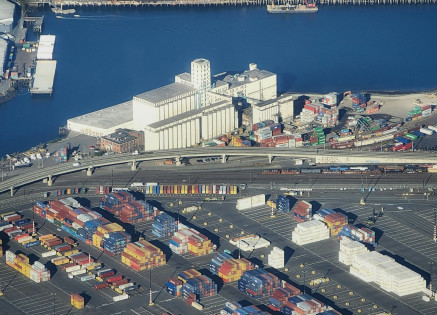Copyright © 2025 lmitac.com All Rights Reserved. Contact - Terms and Conditions - Privacy Policy - Quality Policy - Become an instructor - Vacancies - Sitemap
London Maritime Academy is a trade name for London Premier Groupversion: 2.9.0
London Maritime Academy is a trade name for London Premier Group

Posted on : 10/31/2024, 12:05:05 PM
In recent months, marine ports around the world have experienced significant congestion, exacerbated by increased shipping volumes, trained port labour shortages, and operational inefficiencies. These disruptions are not only affecting global supply chains but also leading to increased costs and extended delivery times for businesses and consumers alike.
The rebound in global trade following the COVID-19 pandemic has led to a substantial increase in shipping volumes. Many industries, eager to restock inventories and meet consumer demand, have inundated ports with goods. This surge has overwhelmed port capacities, leading to bottlenecks and longer waiting times for vessels.
A crucial element of the current crisis is the shortage of trained port labour. The pandemic resulted in a workforce reduction due to health concerns, early retirements, and layoffs. Despite recovery efforts, the gap in skilled workers remains significant. In some regions, workers have also engaged in strikes for better wages and conditions, further delaying port operations.
Inefficiencies in port operations have compounded the congestion problems. Outdated infrastructure and technology limitations hinder the swift movement and processing of goods. Many ports rely on manual processes that cannot keep pace with the current demand. Additionally, coordination between port authorities, shipping companies, and logistics providers often lacks the necessary synchrony, leading to mismanagement and delays.
The effects of these disruptions are felt worldwide. In the United States, West Coast ports are facing unprecedented congestion, affecting everything from electronics to clothing. European ports, such as those in Rotterdam and Hamburg, are similarly struggling, impacting trade within the European Union and beyond. In Asia, ports like Shanghai and Singapore are critical nodes in global trade, and their slowdown has ripple effects on production cycles and inventories across various industries.

The logistical challenges have translated into economic impacts that extend beyond the shipping sector. Businesses face increased costs as container prices soar, with some reports indicating a ten-fold increase in shipping rates compared to pre-pandemic levels. These costs are inevitably passed on to consumers, contributing to inflationary pressures worldwide.
Efforts are underway to mitigate the disruptions. Investments in port infrastructure and technology are being prioritized to enhance efficiency and capacity. Furthermore, stakeholders are exploring solutions such as enhancing workforce training programs, implementing digital tracking systems, and optimizing shipping schedules through advanced analytics.
In addition, several countries, including the United Kingdom, are focusing on enhancing port management efficiency by offering Port Management courses in the UK. These courses are designed to train skilled professionals capable of tackling the complex challenges faced by ports today, including improving coordination between port authorities, shipping companies, and logistics providers.
The ongoing congestion at marine ports underscores the vulnerabilities in global supply chains and highlights the need for adaptive strategies to manage future disruptions. As the world navigates this complex scenario, the emphasis must remain on innovation, collaboration, and resilience to safeguard the flow of global trade.